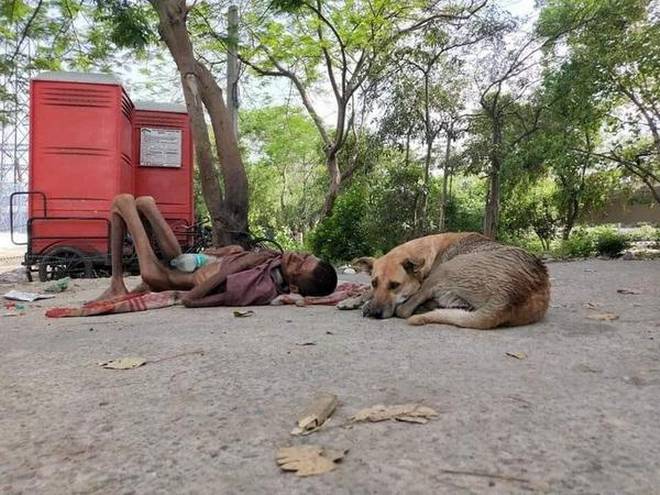
Wazukhaana in front of Fatehpuri Masjid, a Sufi mosque in northern Delhi, in 2015.
Here’s an analogy. If people are standing in line, and a brown person shoves a white person, it would be incorrect of the white person to conclude that brown people have no manners. I think most Indians understand this. So when we Indians stand in line and a Muslim person shoves a Hindu person, it would be incorrect of the Hindu to conclude that Muslim people have no manners (especially when all of us have seen how our fellow Indians cut lines, everywhere, even when there’s assigned and assured seating, as when boarding a flight).
What prompted this was a conversation I had recently with an old friend, in which Muslims as a whole were being held responsible for one Hindu (said friend) getting shoved while waiting in line at a store, at a time when everyone is supposed to stay 6 feet apart. The friend started to say something about “these people”, so I felt compelled to point out to them that just the previous day, I had to tell a Hindu fellow shopper blocking a narrow aisle in the grocery store to cover her nose and mouth with her mask. Her mask was hanging around her neck like a necklace, and she made no attempt to put it on or to give way when I indicated that I needed to pass her. She had already breathed over who knows how many products, leaving germs all over the place. I told my friend that the definitely-Hindu cashier had no mask either. Everyone knows that this sort of behavior is currently punishable.
A word about Hindus, Muslims, and cleanliness. People who have researched sanitation in South Asia have found that in general, personal hygiene levels in predominantly Hindu India are lower than in the predominantly Muslim neighboring countries of Bangladesh and Pakistan. They surmise that this may be directly related to the fact that Islam has clear prescriptions pertaining to personal hygiene, which are daily rituals. In contrast, they note, Hinduism has none (or no clear and effective ones that are widely taught and practised, at any rate).
And yet our fascist government/media/social circles have brainwashed us into racist thinking by repeatedly portraying Muslims in particular as vectors of Covid-19 (for example, see this, this, this, and after the Delhi government’s own complicity, this). And sadly, even those of us who sincerely believe we are good, smart, sensible, righteous, reasonable, and not-evil take up such racist thinking and let ourselves become pawns in the politics of hate. We slip into believing greater lies like “Muslims are destroying this country”. Many of us vote for leaders based on the racist belief that we have chosen to embrace, instead of voting in the interest of ourselves and our fellow citizens.
(Photo credit: Uma Asher / Medium)

